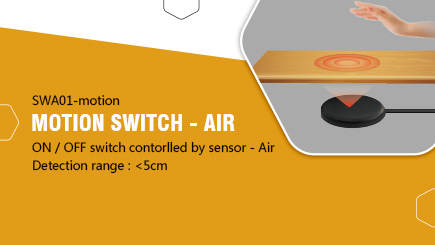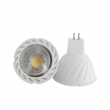LED lighting to be resolved other technical issues
There are still some technical requirements, mainly light failure, glare, strobe effect, thermal management, luminous uniformity and high power LED temperature compensation (including thermal design and temperature Control and thermal simulation more difficult to deal with), white LED arrangement and light distribution and other issues. Here we mainly talk about the high-power LED temperature compensation, glare problems.
High temperature LED temperature compensation
Many LED merchants will be constant current drive as a high power LED lighting driver, but this is not the best solution. Because the LED will work when the heat, and constant current driver output current does not change with the temperature changes. When the LED work to the limit of temperature, should avoid the forward current beyond the safe area, this time is best to reduce the LED front current value, effectively prevent the LED temperature rising, to maintain the life of LED and reduce the degree of damage, On this technical issue, the current domestic has not yet attracted enough attention.

An effective solution is to add temperature compensation to the LED driver. The principle is that the LED driver detects the ambient temperature of the LED by means of a negative temperature coefficient thermistor (NTCR), which automatically reduces the output current bit as long as it exceeds the safe operating point temperature, ensuring that the LED is operating in a safe area; Area, LED mule drive output current and automatically return to normal. The temperature compensation technique is important for preventing the LED from overheating.
Glare
Causing glare mainly because of a high degree of light or change, people feel dazzling and uncomfortable feeling. Due to the need for LED chips to emit light, and the luminous area is limited, similar to the point of light source, and it can not be issued as a complete, continuous visible spectrum. So easy to produce glare. Although the use of silicone LED or matte astigmatism shade can avoid glare, but at the same time will affect the brightness of the issue. So dimming technology can be used to solve this problem, that is, by monitoring the brightness of the external environment to adjust the intensity of LED lighting (or backlight) brightness level. To achieve the purpose of anti-glare.





